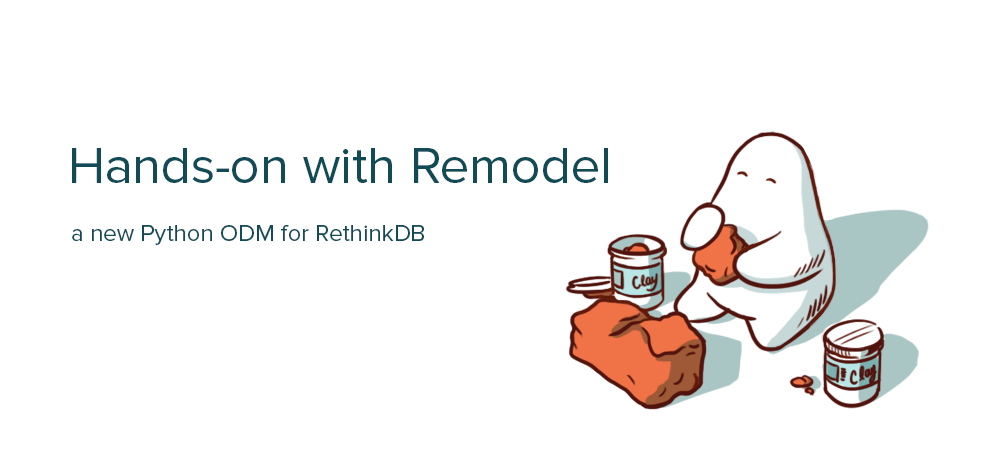RethinkDB 1.16 webcast: learn about upcoming features

Join us tomorrow (Friday, January 30th) for a live webcast at 1:30PM PT. Daniel Mewes, RethinkDB’s director of engineering, and systems engineer Tim Maxwell will introduce some of the new features included in our upcoming 1.16 release.
The webcast will offer a first look at RethinkDB’s new comprehensive cluster management API, which makes it easy to configure sharding and replication with ReQL expressions. You’ll also get a hands-on introduction to RethinkDB’s realtime push functionality, demonstrating how RethinkDB can dramatically simplify the development of realtime web apps. The webcast will conclude with a live Q&A segment, where you’ll have a chance to query the RethinkDB team in realtime.
 Ryan Paul
Ryan Paul
 Slava Akhmechet
Slava Akhmechet
